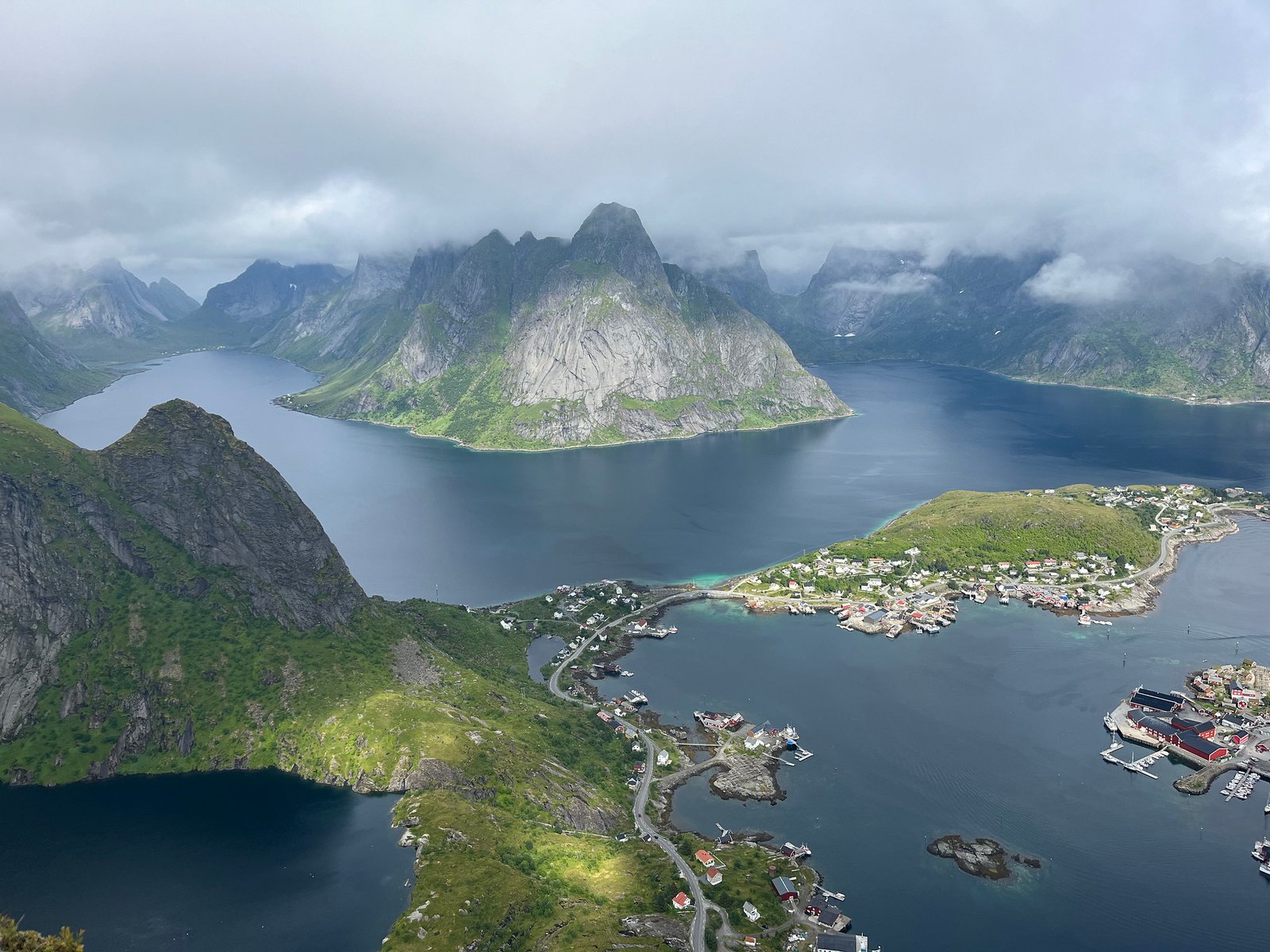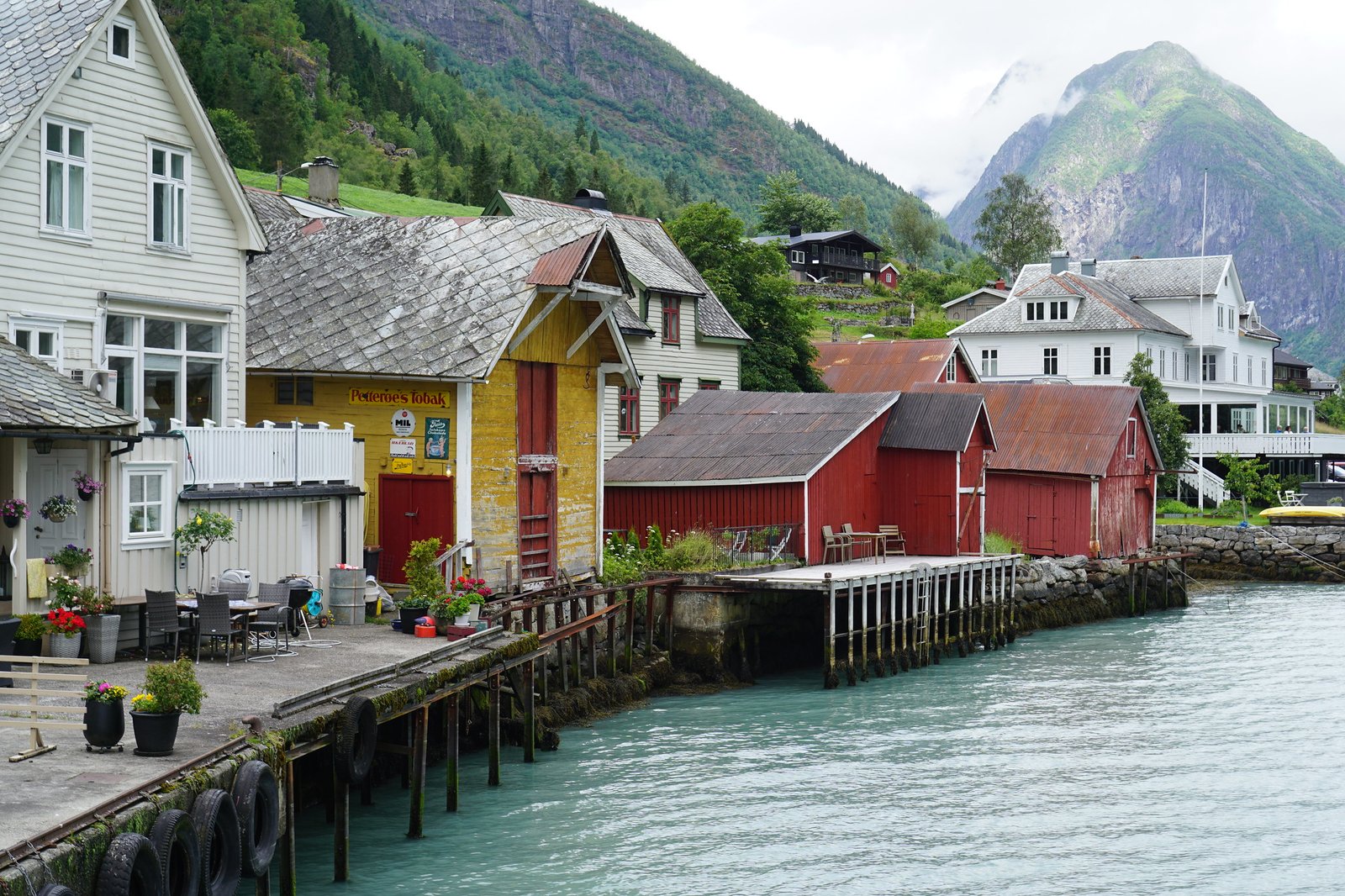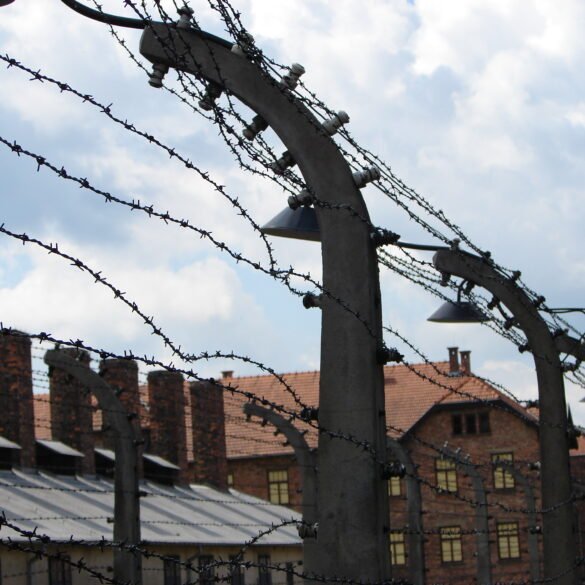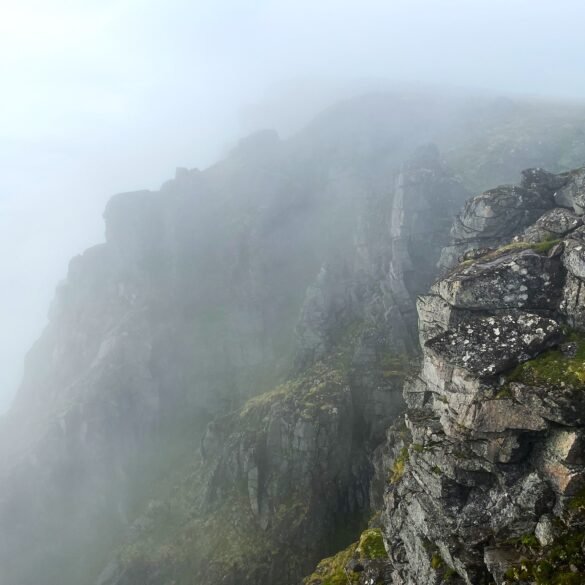It feels like every time I start a post about a new country, there is the same theme. "Look, we are doing something we’ve never done before! We usually don’t travel like this, but we made an exception this time!" A long time ago, we started out as budget travelers who leaned heavily on cultural experiences, mostly ate street food, and spent most of our time in larger cities. It’s becoming more and more obvious that our travel style has been evolving. We no longer avoid outdoorsy or beach-only destinations and are not deterred by the lack of museums and historical sites. It’s time to accept that there is no “normal” travel for us. We have traveled to expensive and dirt-cheap countries, we’ve slept in luxury hotels and inside cars, we’ve eaten at Michelin star restaurants and on street corners, we’ve spent weeks hiking or swimming, and just as much time inside museums and exploring UNESCO World Heritage sites. So, having made this introspection, followed by self-realization, followed by committing it in writing, I would like to say…
This time, we absolutely did something we’ve never done before.
We went to the world’s second most expensive country, we didn’t break the bank, and we loved it.
Norway has been on our radar for a while, as one of Victor’s aunts lives there on the Lofoten Islands, a group of islands in the Arctic Circle. We have previously considered visiting, but the one thing stopping us was the cost. With only Switzerland being a more expensive destination to visit, Norway always seemed just out of reach. We’ve heard horror stories about $10 cups of coffee and $35 burgers and couldn’t imagine spending more than a few days in a place like this. But Norway deserves so much more – the incredible hiking over jagged mountain peaks, sailing through serene fjords, exploring picturesque villages nestled in the green valleys, the Artic summers where the sun never sets or the winter sky shimmering with Northern lights – we would need at least two weeks to even begin discovering this country.
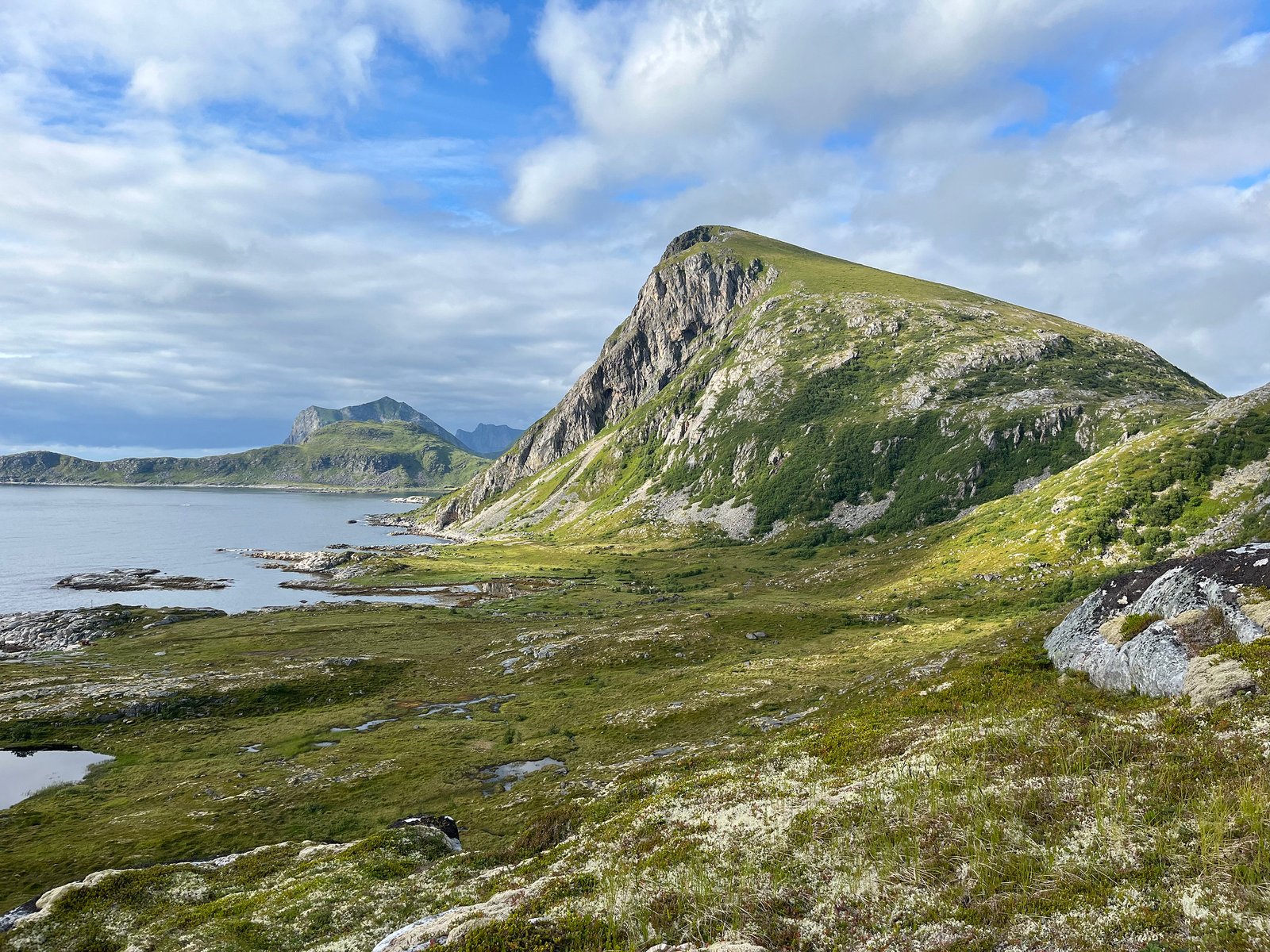
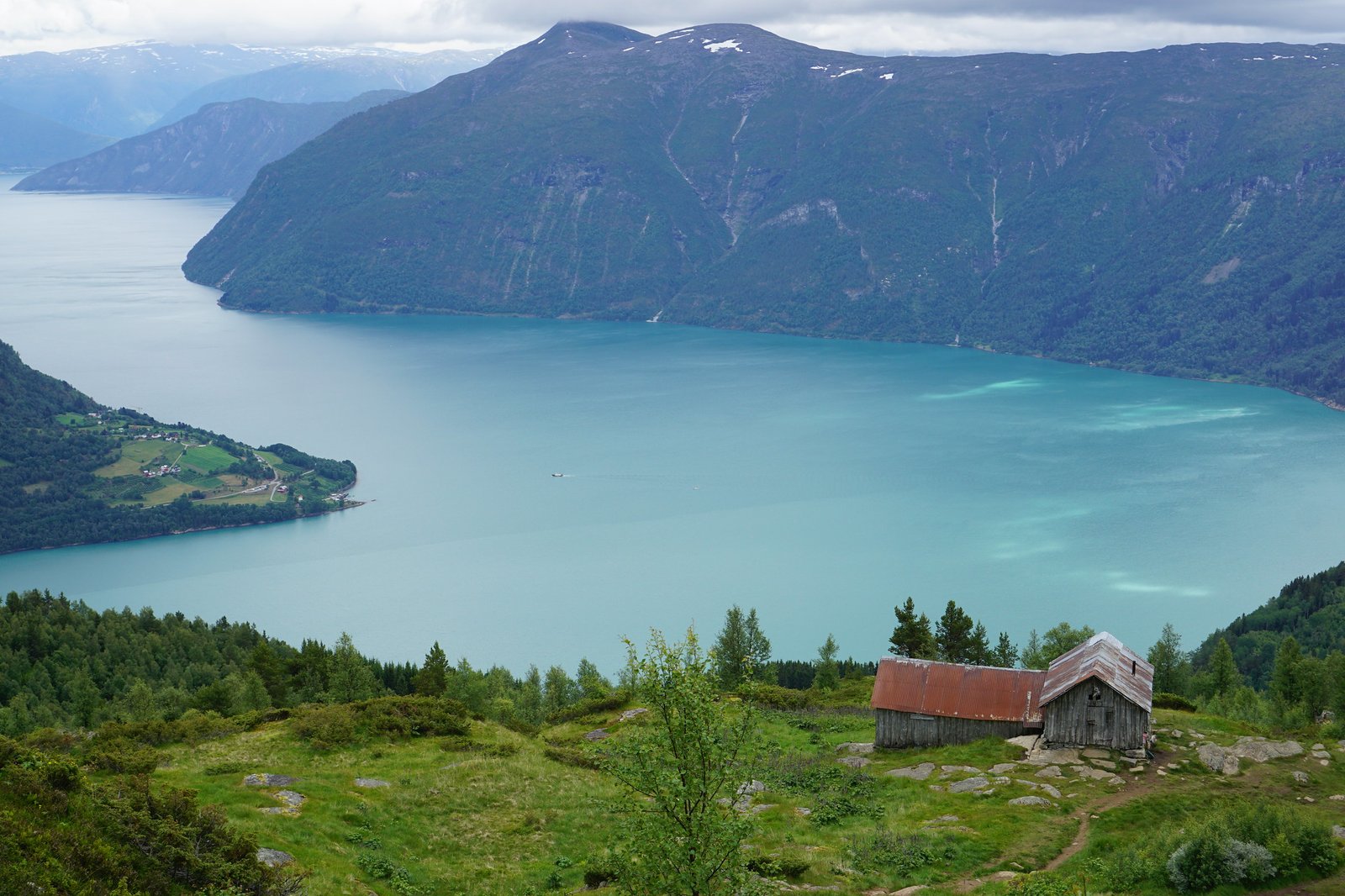
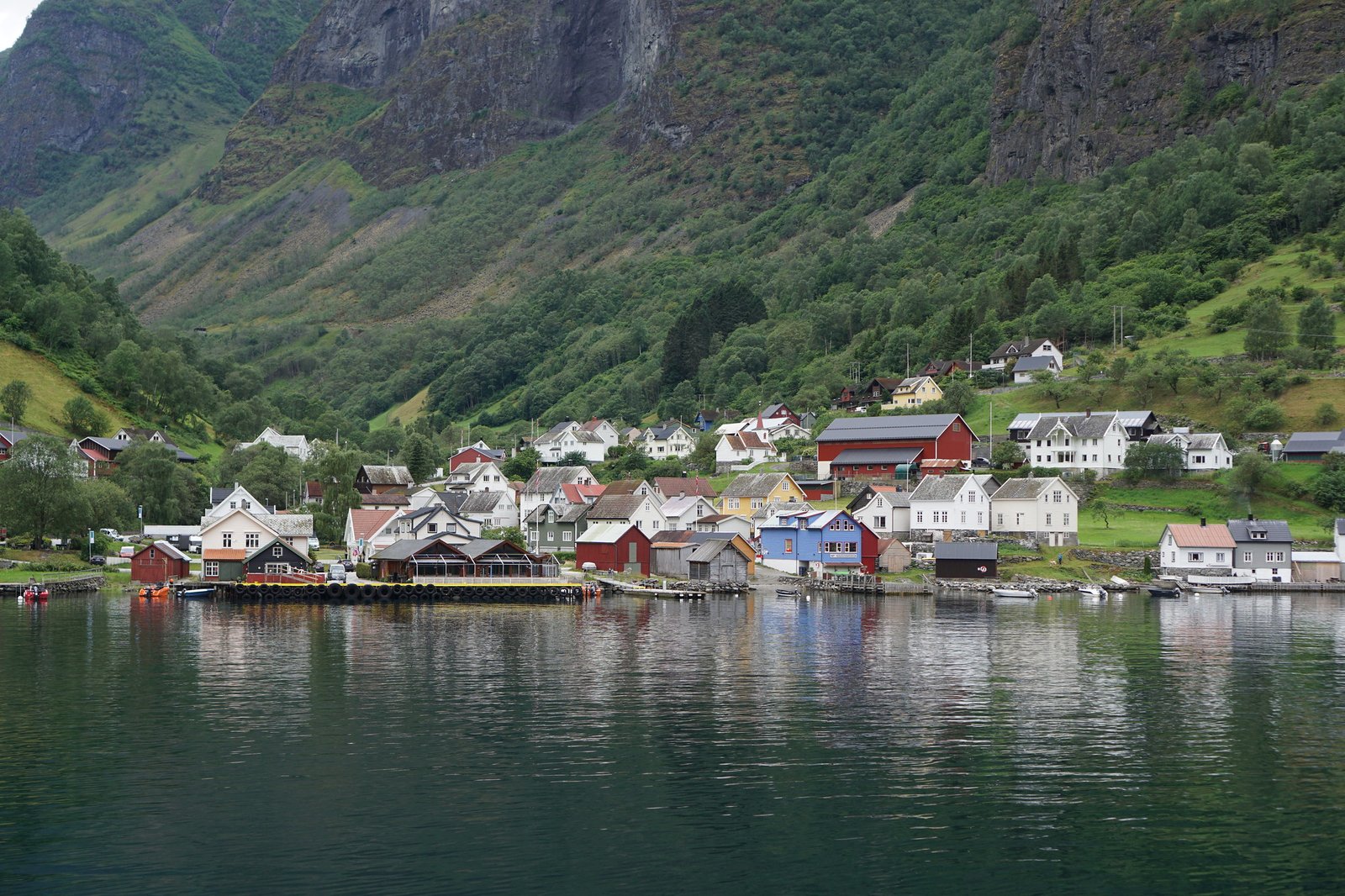
Then, several things happened. Victor’s aunt announced that she might be selling the house and moving out of Norway by the end of this year, and our time to visit was running out. Next, the Norwegian krona dropped significantly in value over the last 5 years, and while still expensive, the costs were more manageable now. Finally, we went to Oman last year and, despite the high cost of transportation and amenities, we managed to keep our expenses reasonable, as detailed in the “Paying the Price for Visiting Oman” post. With the airfare to Bergen being cheaper than anywhere else in Europe for the two weeks around Independence Day, it was time to see if the tips and tricks we learned in Oman could be applied to another expensive country.
Once Victor finalized our itinerary, it was time to start booking car rentals and accommodations. One of the ways we saved on costs in Iceland and Canada’s Banff National Park was by renting a sleeping van and combining both lodgings and car rental into one lower payment. But Iceland and Canada were short 5-6 day trips, while Norway was 16 days, and I suspected that would be just enough time for us to want to kill each other in a cramped van. Seeing prices starting at $2,500 per small RV per week also cemented my resolve to avoid #vanlife. Surprisingly, economy car rentals were not too bad at all – around $600 a week, and Airbnb ranged from $40 camping cabins to $150 what I would consider to be luxury rentals, with the average stay being around $90-$100 per night. Not too bad at all for such an expensive country!
A side note about the cheapest and most expensive accommodations we rented in Norway. We rented a cabin in Lustrafjord for two nights, and while it was comfortable and clean, it was missing a few key amenities. The strange thing was that it had a kitchenette with a refrigerator, stove, full set of tableware, and cute patio to eat our breakfasts while overlooking a fjord with a gorgeous waterfall, but at the same time, it did not have (in order of my escalating bewilderment) an indoor toilet, running water, and… linens on the beds. While in the back of my mind, I knew about the outdoor toilet and didn’t care all that much about the water as we could get it nearby, the fact that there were no linens or towels came as a complete surprise. Nor was there any way to rent linens. Apparently, this is a very common scenario that all Norwegians are aware of, and they usually travel to camping cabins with their own set of linens and towels. I ended up using our clean t-shirts as pillowcases, and we both slept fully dressed to minimize contact with the bare mattress and the blanket. We still enjoyed our stay but were relieved to move to our next Airbnb, where it was finally possible to shower.
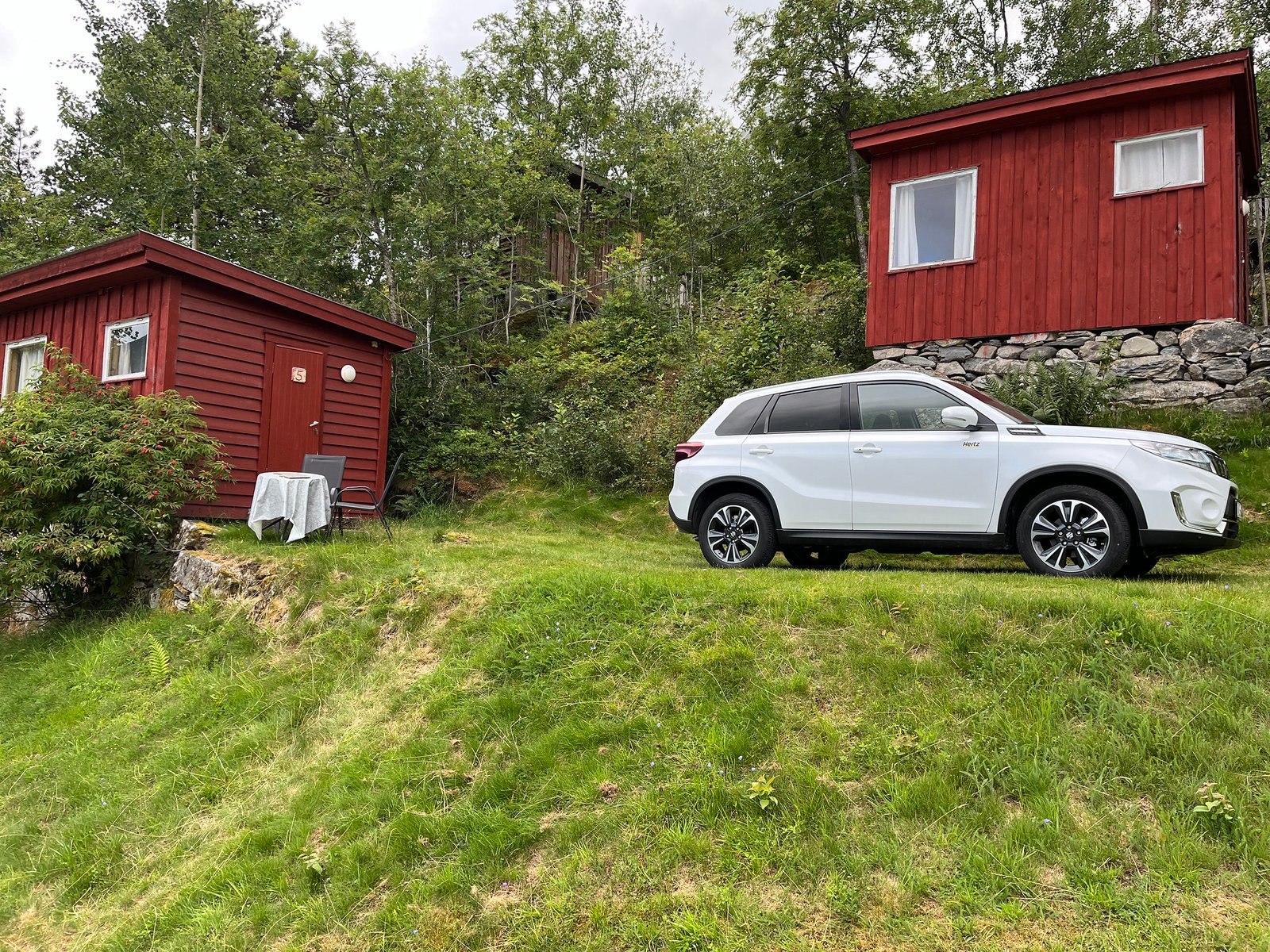
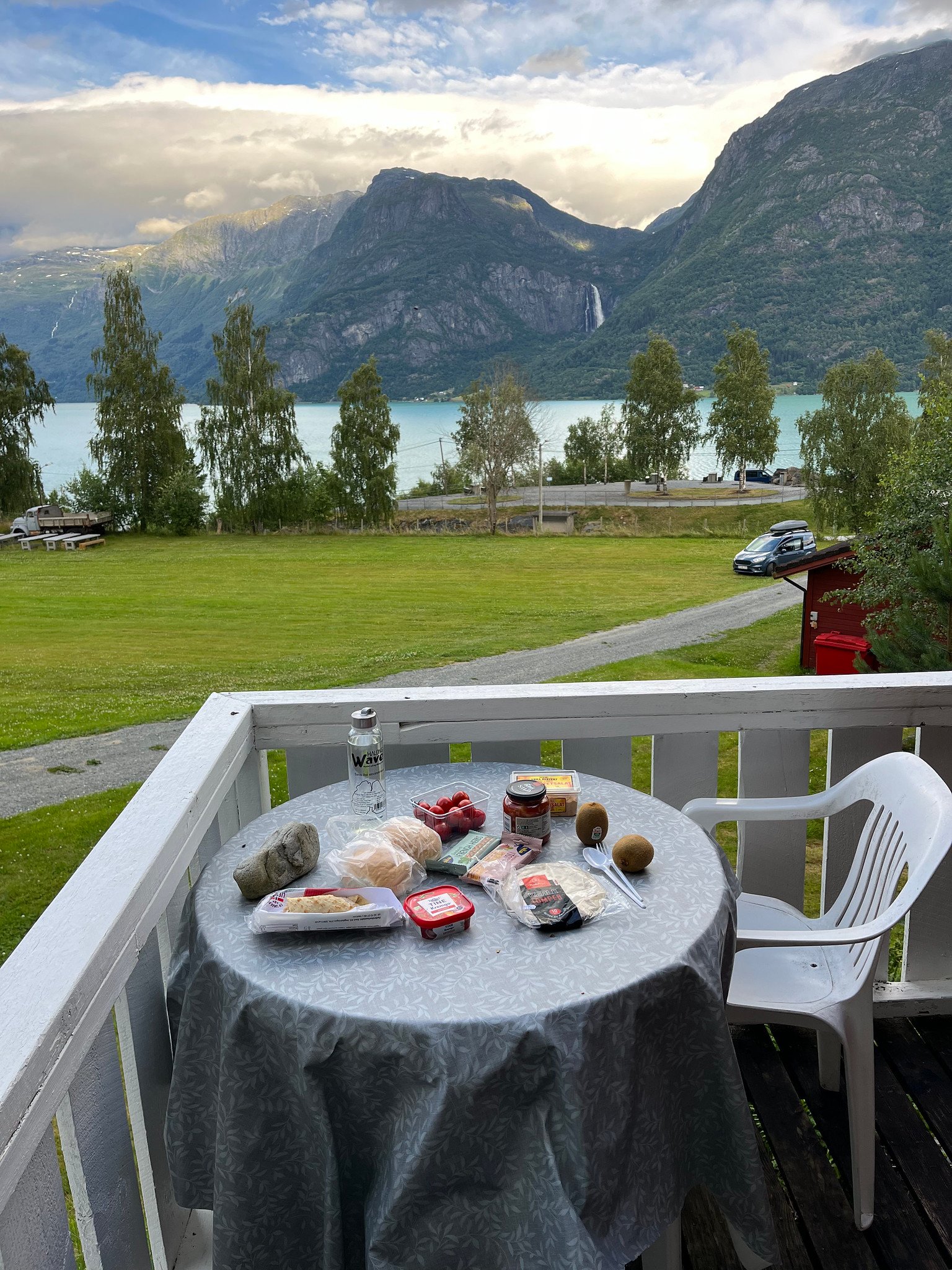
Then, on the Lofoten Islands, the cheapest Airbnb I could find that was close to all the hiking trails we wanted to explore just happened to be the most expensive lodgings we rented in Norway. We knew the Lofoten Islands would be more expensive than the mainland and were prepared to spend more. What we didn’t expect from this one-bedroom rental in a house occupied by a five-star host, was that we would be given a run of the entire second floor which included our bedroom, a giant bathroom with a jacuzzi hot tub, a loft set up as living room with a couch and a big-screen TV, a balcony with a patio set overlooking a picturesque lake, and a shared downstairs kitchen where it was possible to cook full meals. I am not a person who enjoys 5-star hotels, so as far as I was concerned – this was true luxury! We spent four nights, and honestly, it wasn’t enough.
So, while car rentals and accommodations were mostly reasonably priced, especially for those used to big U.S. city prices, we still ended up sticker-shocked on a few occasions. Most significant were gas prices at $10-$12 per gallon. For a country that has grown rich on oil exports, Norway does not subsidize the price of gas for its own citizens and has even implemented incentives to encourage consumers to adopt electric vehicles. As of this year, 82% of all new car sales were electric vehicles. As we rented the cheapest car available, we ended up with a hybrid and about $125 in gas spending per week.
Food prices were a bit shocking as well. We mostly bought food from grocery stores, but with a single cucumber costing $3, it was easy to spend $40 on a single meal. Restaurant prices ranged from expensive to outlandish, expensive being around $30 for a main dish, with European portion sizes which feed one person once, unlike the giant servings we get in the U.S. And the most outlandish experience we had was in a seafood restaurant in Bergen where we spent $11 on an oyster. No, not on oysters, on one single oyster.
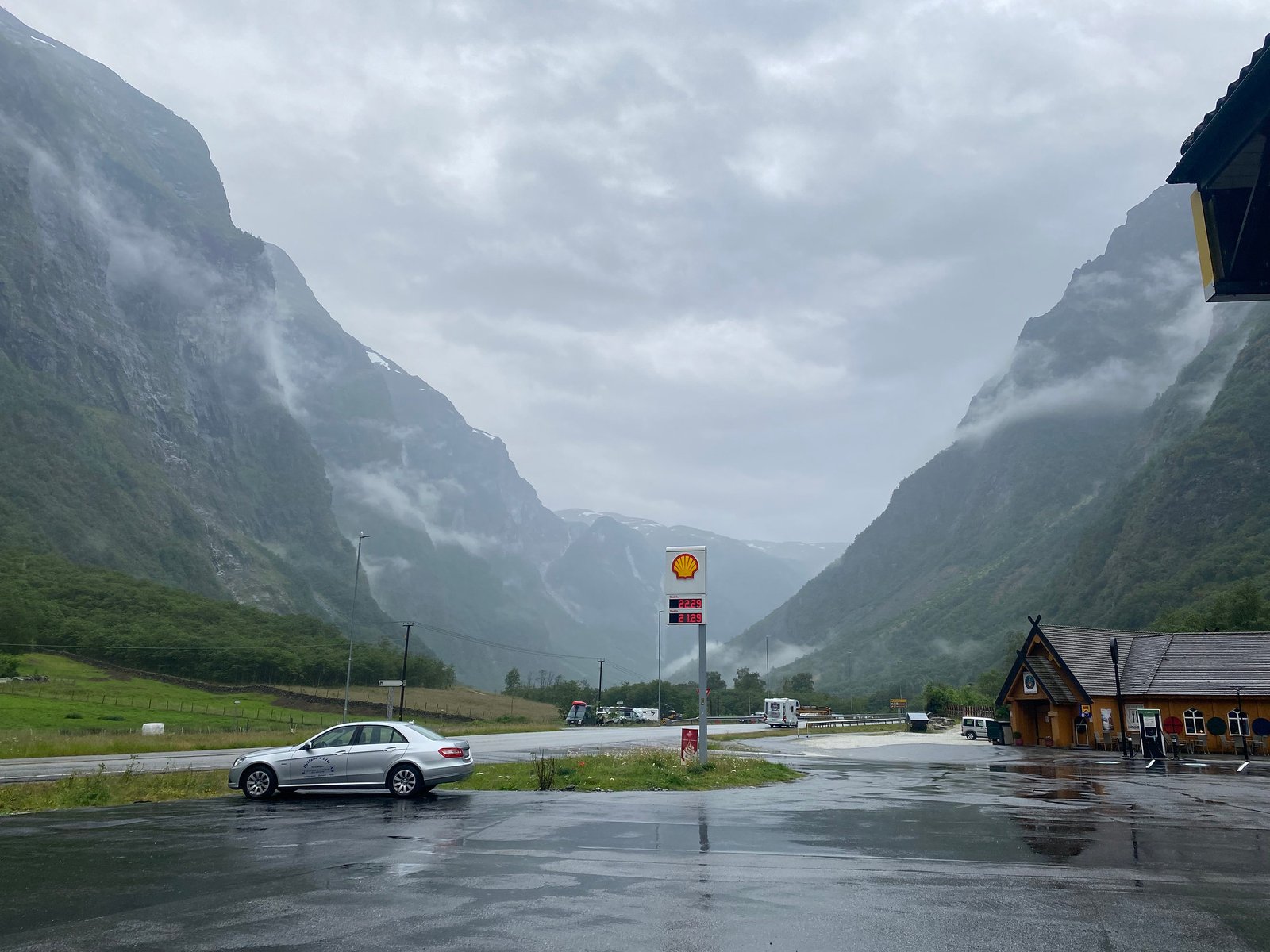
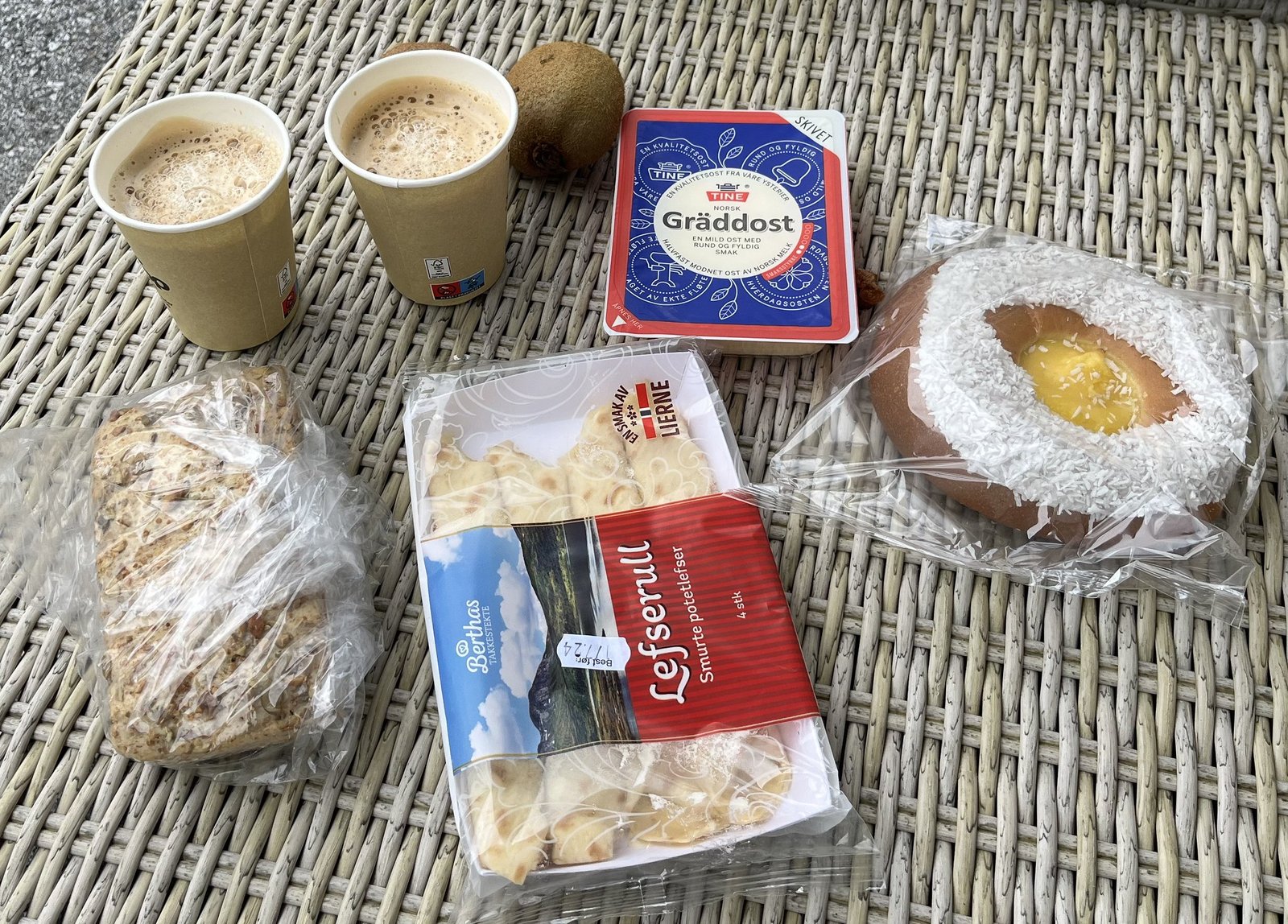
After Oman, where entrance costs to museums and UNESCO sites were either insignificant or non-existent, Norway didn’t spare us at all. Average small museum tickets were around $20, and even a historical fishing village that was not yet a UNESCO site, but only applied to be recognized by UNESCO, was charging $10 per person entrance fees. We didn’t let this deter us and decided that paying all the admission fees was worth it to learn about Norwegian history and culture.
Despite all these expenses, the total cost of the trip ended up being very reasonable. In fact, both Argentina (due to the number of local flights we took) and India (due to hiring a private guide with a car) were more expensive, and Norway ended up costing us around the same as Oman.
But the numbers don’t give a full picture. Norway had some of the most beautiful hiking trails we’ve ever done, the strangest food we have ever eaten, the world’s most pristine natural landscapes, and a rich cultural heritage to explore.
And that was worth every penny.
